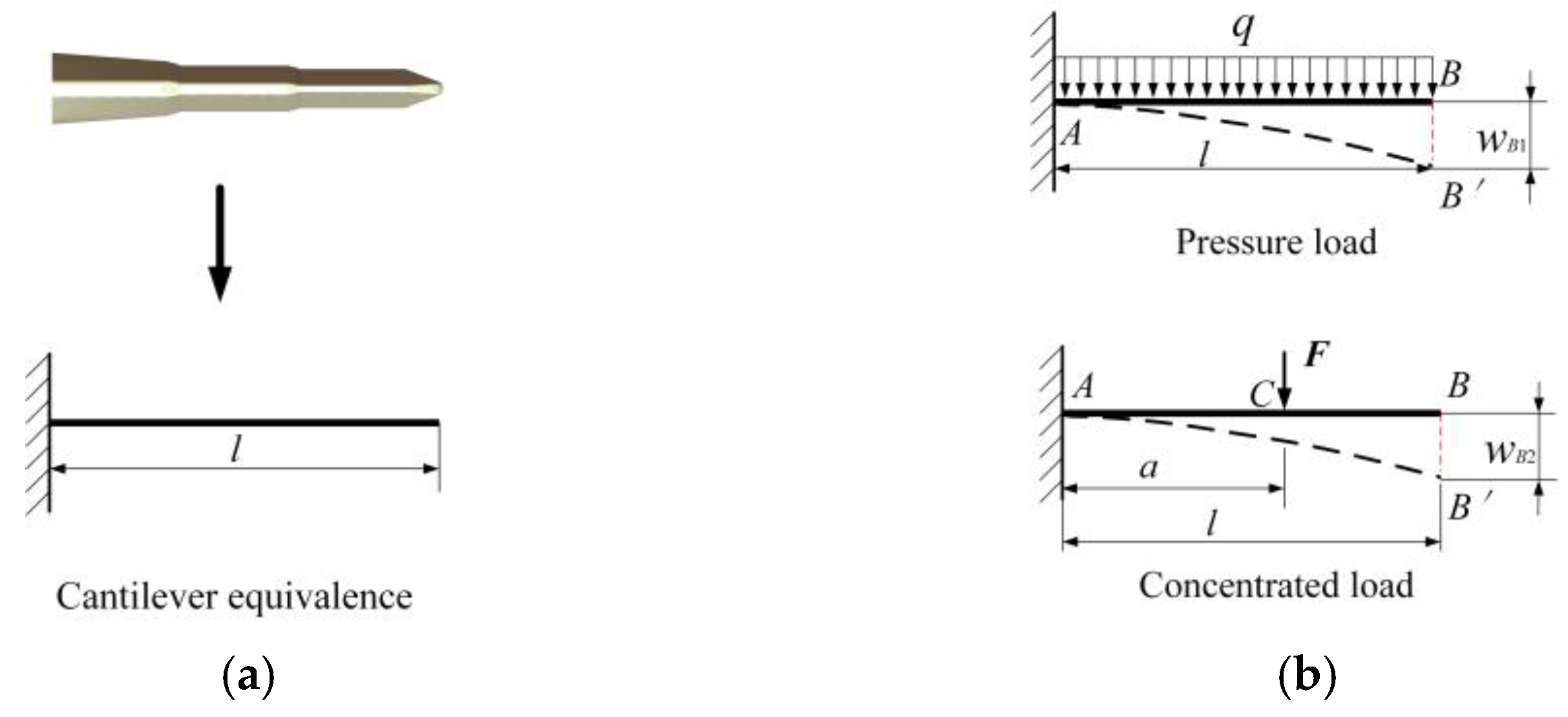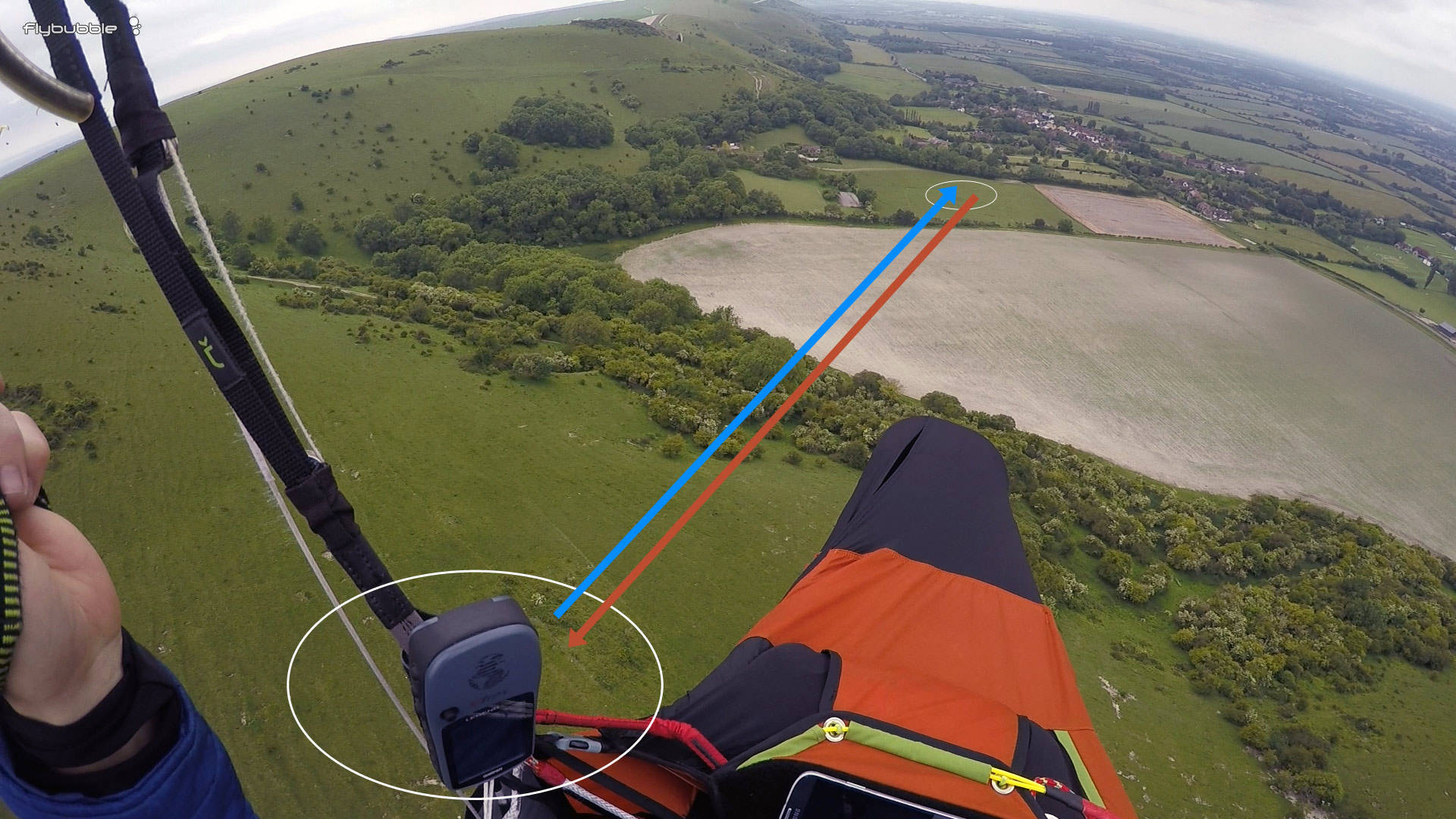Thermalling Techniques for Different Wing Loadings

Thermalling efficiency varies dramatically with wing loading. Pilots must adapt their techniques to maximize climb rates based on their current wing loading. Failure to adjust technique can result in significantly degraded performance.
Low Wing Loading Thermalling
For gliders with wing loading below 30 kg/m²:
Bank Angle: Use moderate bank angles (35-45°) to maintain optimal climb rate.
Speed: Fly at or slightly above minimum sink speed, typically 1.3-1.5 times stall speed.
Core Positioning: Can afford to stay slightly outside the strongest lift due to good climb performance at slower speeds.
Thermal Size: Can effectively work smaller, weaker thermals that higher performance gliders might ignore.
Moderate Wing Loading Techniques
For gliders with 30-45 kg/m² wing loading:
Bank Angle: Slightly steeper banks (40-50°) help maintain energy and positioning in the thermal.
Speed: Fly at best climb speed, typically 1.5-1.7 times stall speed.
Core Positioning: Need to work the core more precisely for optimal climb rates.
Thermal Size: Require medium-sized thermals for good climb performance.
High Wing Loading Strategies
For wing loadings above 45 kg/m²:
Bank Angle: Steeper banks (45-55°) necessary to maintain acceptable turn radius.
Speed: Must fly faster (1.7-2.0 times stall speed) to avoid excessive sink rates.
Core Positioning: Critical to stay in the strongest lift; small deviations result in significant performance loss.
Thermal Size: Require large, strong thermals to achieve competitive climb rates.
Advanced Thermal Techniques
Variable Bank Technique: Adjust bank angle dynamically based on lift strength within the thermal.
Speed Modulation: Subtly adjust speed when transitioning between lift and sink areas of the thermal.
Spiral Ascent: In very strong lift, some pilots use a tightening spiral to maximize climb rate.
Thermal Entry: High wing loading gliders need more precise, faster entries to maintain energy.
Mastering these techniques requires practice and sensitivity to how your glider responds at different wing loadings. The best pilots develop an intuitive feel for adjusting their thermalling technique based on current wing loading and thermal conditions.



